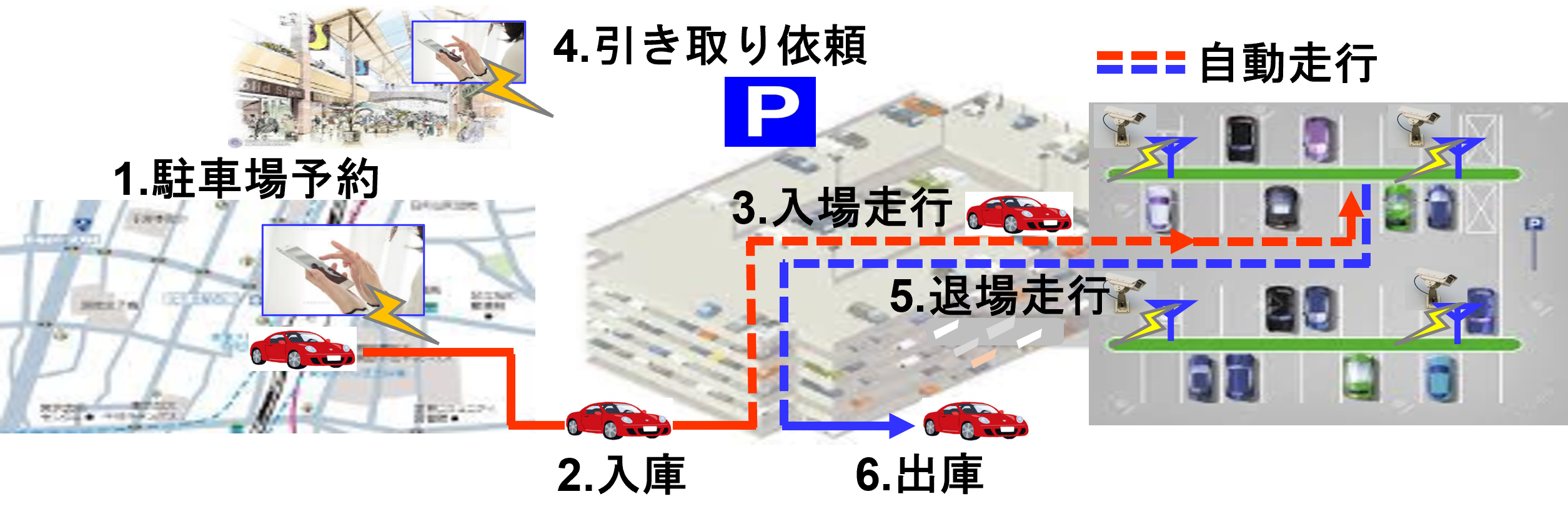In a significant step towards efficient urban mobility, an international standard for “automatic valet parking” co-developed by Japan and Germany has been officially issued. This system leverages autonomous vehicle technology to navigate vehicles into parking spaces in large facilities, improving utilization of parking space and user convenience, reducing accidents, and cutting CO2 emissions.
Large complexes, shopping malls, theme parks, and airports often struggle with limited parking space and can be sources of frustration for drivers who struggle to find a spot or park a considerable distance from their destination. To counteract these inefficiencies, various nations, including Japan, the U.S., China, and countries across Europe, have been working to commercialize automated valet parking systems.
The jointly developed international standard aims to provide a unified guideline for the operation, procedures, and interface specifications between vehicles and infrastructure. This was largely driven by the work done in Japan through research, development, and demonstration tests of vehicle technology. The proposal for this technical standard was initiated by Japan in collaboration with Germany, with the goal of facilitating a global uptake of the automatic valet parking system.

The system allows a vehicle, once dropped off at the parking lot entrance, to drive, park, and return to the user autonomously. The standard provides comprehensive operational procedures from reserving a parking space to picking up the vehicle. The vehicle and parking lot infrastructure cooperate to achieve Level 4 unattended automatic driving, necessitating a precise interface for collaboration.
Three types of interface specifications are outlined in the standard to accommodate a variety of global systems. Type 1 pertains to vehicle control functions, Type 2 relates to infrastructure functions, and Type 3 involves mutual coordination between vehicle and infrastructure. This system, particularly Type 3, was examined in a project by an automated driving business study group, co-organized by the Japanese Ministry of Economy, Trade and Industry (METI) and Ministry of Land, Infrastructure, Transport and Tourism (MLIT).
The standard was proposed by Japan to ISO (International Organization for Standardization)/TC204 (ITS Intelligent Transport Systems)/WG14 (Driving Control), which Japan chairs internationally, in April 2017, and was officially issued as an international standard on July 13, 2023.
The adoption of the standard is expected to speed up the implementation of Level 4 automated driving and the social deployment of the “automated valet parking system”. This will enhance the effective use of parking spaces and reduce parking-related accidents. Furthermore, it allows for auxiliary services like recharging and car washing to be provided while the car is parked, and facilitates easy vehicle access for all users, including the elderly and wheelchair users. The system’s potential application in delivery and in-plant transportation industries could also help alleviate labor shortages, signaling a more efficient and accessible future for urban mobility.


No comments yet.